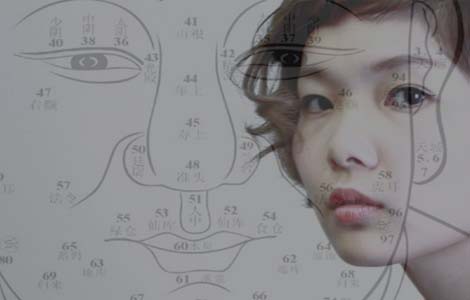Face Reading
Face reading, also known as physiognomy, is the practice of analyzing a person's facial features, expressions, and characteristics to gain insights into their personality traits, temperament, and potential future outcomes. While face reading has been a part of various cultures and traditions throughout history, it is considered a pseudoscience and lacks empirical evidence or scientific validation.
Face reading involves observing and interpreting various facial features, such as the shape of the face, forehead, eyes, nose, lips, and chin. Each feature is believed to be associated with specific personality traits or tendencies. For example, a high forehead may be associated with intelligence, while a prominent chin may be linked to determination.
Face readers also analyze facial expressions, including microexpressions and subtle changes in the face, to interpret emotional states and personality traits. These interpretations are based on the belief that certain expressions are associated with specific emotions or behavioral characteristics.
It's important to recognize that face reading practices and interpretations can vary across different cultures and traditions. Different systems of face reading may have their own unique set of interpretations and beliefs about facial features and expressions.
Face reading is highly subjective, as interpretations can vary among different practitioners and individuals. There is no universally accepted standard or set of rules for face reading, and interpretations can be influenced by personal biases, cultural backgrounds, and individual experiences.







